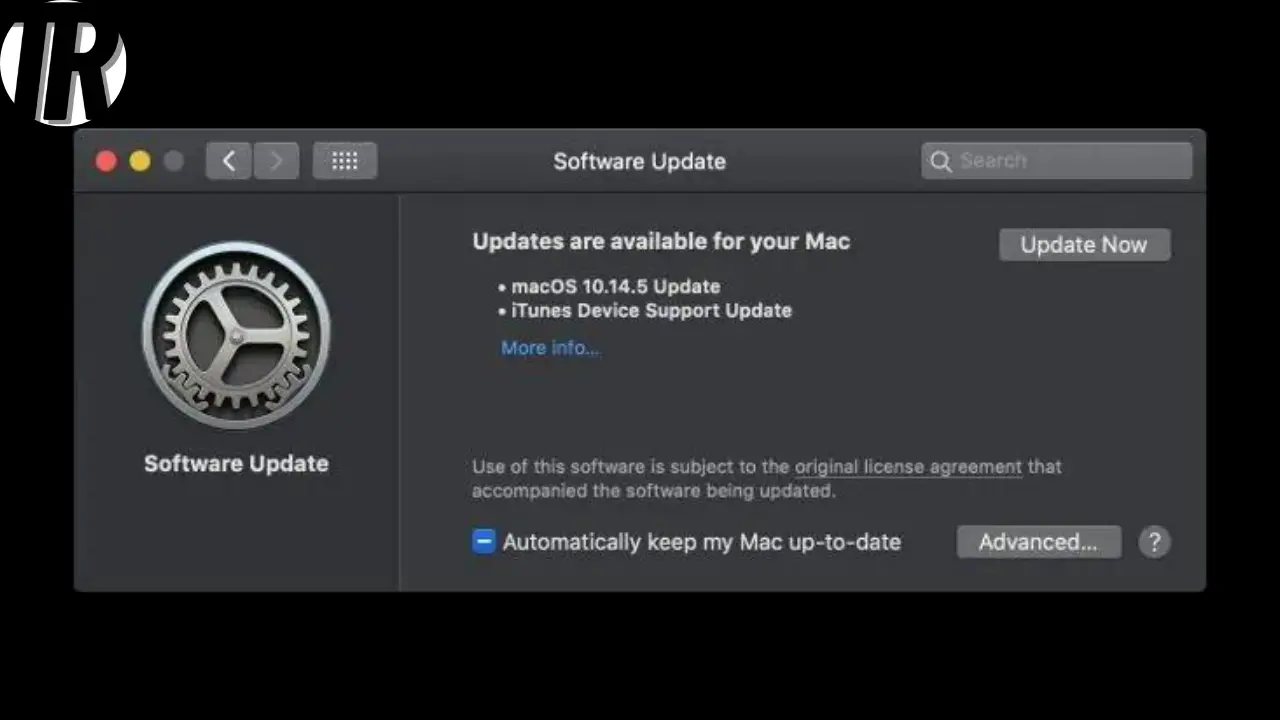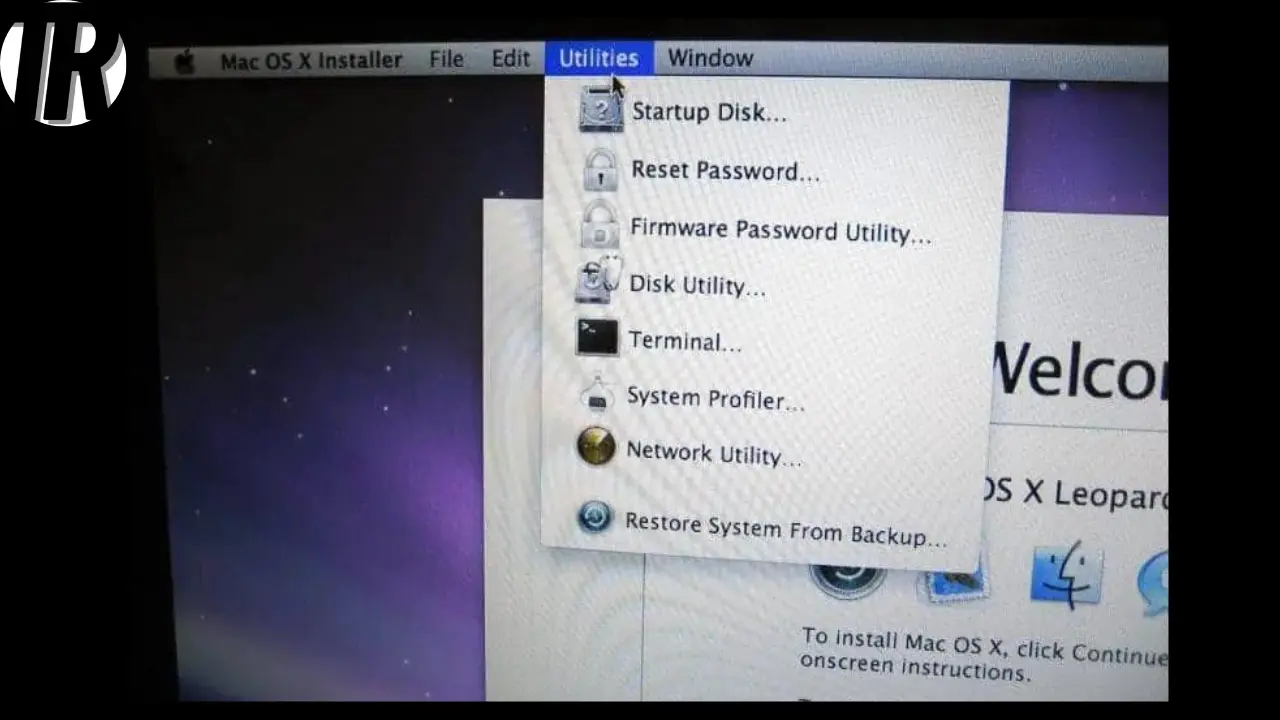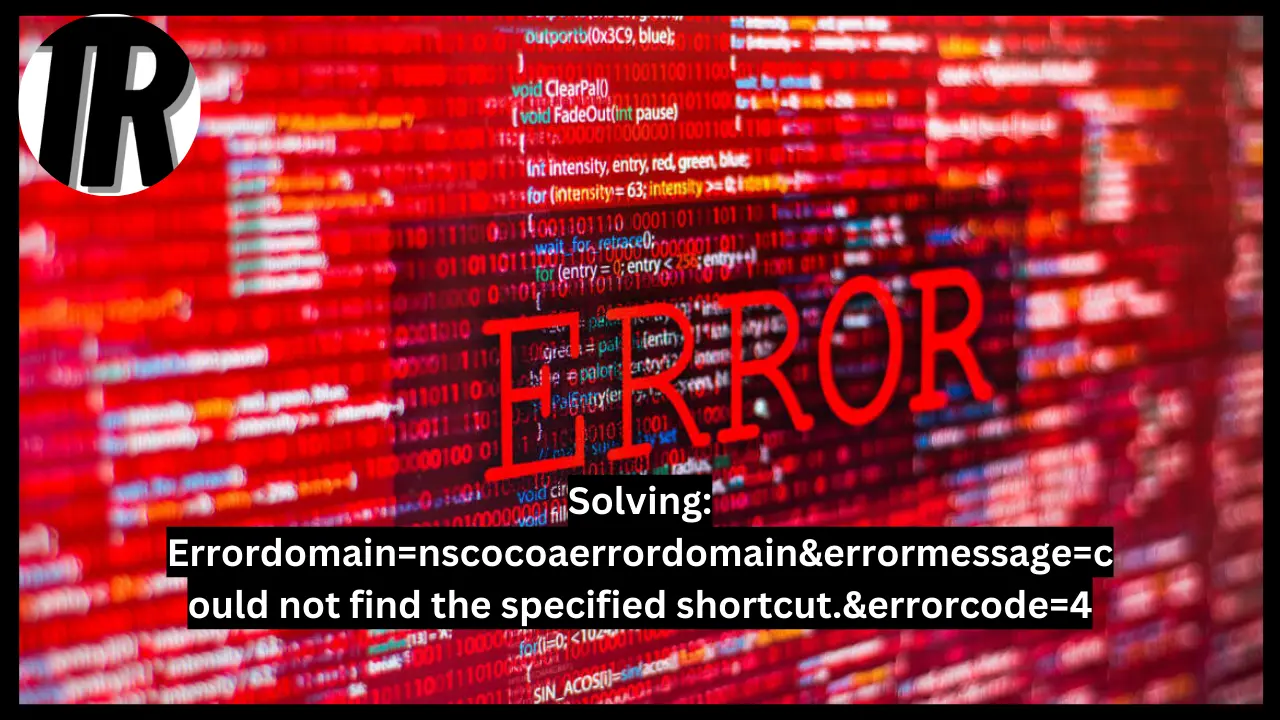In the landscape of Apple development, encountering the “errordomain=nscocoaerrordomain&errormessage=could not find the specified shortcut.&errorcode=4” error can be a perplexing experience. This error typically occurs within macOS and iOS environments and can disrupt application functionality, leading to user frustration and potential data loss. For developers and IT professionals, understanding the root cause of this error is crucial for maintaining system stability and delivering a smooth user experience.
This comprehensive guide aims to demystify this specific error by exploring its causes, providing detailed troubleshooting steps, and suggesting preventive measures. We will delve into the technical aspects of the NSCocoaErrorDomain, the reasons why this error might occur, and how to resolve it effectively. By the end of this guide, you will have a thorough understanding of this error and be well-equipped to tackle it, ensuring that your applications run seamlessly.
Understanding NSCocoaErrorDomain
The NSCocoaErrorDomain is an integral part of Apple’s Cocoa framework, used for handling various system-level operations such as file management, data handling, and user interface elements. This domain helps categorize errors into specific codes, making it easier to identify and troubleshoot issues. The error code 4, often associated with the message “could not find the specified shortcut,” specifically points to problems related to resource accessibility within the application.
Error Domains and Codes Explained
In Apple’s development ecosystem, error domains like NSCocoaErrorDomain serve to organize errors into logical categories. Each domain contains a range of error codes, each indicating a distinct issue. For example, the error code 4 within NSCocoaErrorDomain denotes that a necessary shortcut or file could not be found. This system of categorization is invaluable for developers, as it allows for precise identification and resolution of problems, saving time and reducing frustration.
Error codes are not just arbitrary numbers; they are carefully designed to convey specific information about the nature of an issue. Understanding these codes can significantly streamline the debugging process, making it easier to pinpoint the exact cause of an error and implement the appropriate fix. In the case of error code 4, it often indicates a missing or inaccessible resource, which can arise from various underlying causes.
Common Causes of the Error
The “errordomain=nscocoaerrordomain&errormessage=could not find the specified shortcut.&errorcode=4” error can be triggered by several factors. Understanding these causes is essential for diagnosing and resolving the issue effectively. Here are the most common causes:
1. Missing or Deleted Shortcuts
One of the primary reasons for this error is the absence of the specified shortcut. This can happen if the shortcut was accidentally deleted or if it was never properly created. When an application attempts to access a non-existent shortcut, it results in this error. Developers need to ensure that all necessary shortcuts are properly set up and maintained within the application.
The issue of missing shortcuts can also arise due to incorrect file paths specified in the application code. If the path does not correctly point to the intended file or resource, the system will be unable to locate it, leading to this error. Therefore, verifying the accuracy of file paths in the code is a critical step in troubleshooting this issue.
2. Corrupted Application Files
Corrupted application files can be another major cause of this error “errordomain=nscocoaerrordomain&errormessage=could not find the specified shortcut.&errorcode=4”. Corruption can occur due to a variety of reasons, including incomplete installations, system crashes, or malware infections. When essential files related to shortcuts become corrupted, the system cannot access the necessary resources, triggering this error message.
Corruption is often subtle and may not be immediately apparent. It can affect individual files or entire directories, making it difficult to pinpoint the exact source of the problem. Regular checks and the use of file integrity verification tools can help in identifying and resolving corruption-related issues.
3. Incorrect File Permissions
File permissions are critical in determining whether an application can access certain resources. If an application does not have the appropriate permissions to access a specific shortcut or file, the error will occur. It is essential to verify and set correct permissions for all files and directories used by the application.
Incorrect permissions can arise from various scenarios, such as changes in user roles, system updates, or errors in the application’s deployment process. Ensuring that permissions are correctly configured for all users and processes involved with the application is crucial for preventing access-related errors.
4. Outdated Software

Outdated software can lead to compatibility issues, resulting in this error. Both the operating system and the application itself need to be kept up-to-date to ensure that all components are compatible and function correctly. Software updates often include patches and fixes for known bugs, which can help resolve errors like this one.
Using outdated software versions increases the risk of encountering bugs and security vulnerabilities, as they may not include the latest fixes and improvements. Regularly updating software ensures that you benefit from the latest features and stability improvements, reducing the likelihood of errors.
5. Malware or Virus Infections
Malware or virus infections can disrupt the normal functioning of applications, leading to various errors, including the one in question. These malicious entities can corrupt files, alter system settings, or interfere with application processes, all of which can cause the error. Maintaining a secure environment with up-to-date antivirus software is crucial to prevent such issues.
Infections can be particularly insidious, as they may not always manifest in obvious symptoms. Regular scans and monitoring for unusual system behavior can help detect and eliminate malware before it causes significant damage.
6. Hardware Malfunctions
Hardware issues, such as failing hard drives or memory problems, can also result in this error. Hardware malfunctions can lead to corrupted files or inaccessible resources, making it difficult for the system to locate the necessary shortcuts. Regular hardware maintenance and monitoring are essential to prevent such problems.
Hardware-related issues are often overlooked but can be a significant source of application errors. Monitoring tools and regular diagnostics can help detect early signs of hardware failure, allowing for timely intervention and repair.
How to Fix the Error
Fixing the “errordomain=nscocoaerrordomain&errormessage=could not find the specified shortcut.&errorcode=4” error requires a systematic approach. Here are the steps you can follow to resolve it:
1. Verify the Existence of the Shortcut
The first step in resolving this error is to verify that the specified shortcut exists and is accessible. This involves checking the file system for the presence of the shortcut and ensuring that it is located in the correct directory. If the shortcut is missing, it may need to be recreated or the application code may need to be updated to point to the correct location.
In addition to verifying the shortcut’s existence, it is also important to check that the file path specified in the application code is accurate. Even a minor typo or incorrect directory structure can prevent the system from locating the necessary resources. Thoroughly reviewing the code for such errors can save significant time in troubleshooting.
2. Reinstall the Application
Reinstalling the application can resolve issues caused by corrupted files or incomplete installations. This process replaces all application files and resets settings to their defaults, potentially fixing the error. Before reinstalling, ensure that you back up any important data to prevent data loss.
A fresh installation can also update the application to the latest version, which may include fixes for known issues that could be causing the error. This step is particularly useful if the error persists despite verifying the existence of the shortcut and correcting any file path issues.
3. Update Software and System

Ensuring that both the application and the operating system are up-to-date is critical. Updates often include bug fixes, compatibility improvements, and new features that can resolve compatibility issues and errors. Developers should regularly check for updates and apply them promptly.
Keeping software up-to-date is not just about adding new features; it is also a critical security practice. Updates often address vulnerabilities that could be exploited by malware, helping to protect your system from a wide range of threats.
4. Scan for Malware and Viruses
Performing a full system scan with reliable antivirus software can help identify and remove any malware or viruses that may be causing the error. Keeping the system secure with up-to-date antivirus software is essential to prevent such issues.
In addition to regular scans, it is advisable to use real-time protection features offered by most modern antivirus solutions. These features can detect and block malware before it has a chance to cause harm, providing an additional layer of security.
5. Review and Debug the Code
If the above steps do not resolve the issue, it may be necessary to review the application code for logical errors, incorrect file paths, or improper resource handling that could be causing the problem. Using debugging tools can help identify the exact point of failure and allow for targeted fixes.
Code reviews and debugging are crucial components of the software development process. They not only help in resolving current issues but also in identifying potential future problems, making the application more robust and reliable.
Advanced Troubleshooting and Debugging Techniques
For situations where standard troubleshooting steps don’t resolve the “errordomain=nscocoaerrordomain&errormessage=could not find the specified shortcut.&errorcode=4” error, deeper technical investigation may be necessary. Here are some advanced techniques to consider:
1. Use Console and System Logs
System logs and the Console app are invaluable resources for diagnosing complex issues. These logs provide detailed information about system and application activities, including specific error messages, timestamps, and the sequence of events leading up to the error. Analyzing these logs can help identify patterns or specific conditions that trigger the error, such as certain user actions or interactions with specific system resources.
When using the Console app, filter the logs by the application or process that is experiencing the issue. This can help narrow down the potential causes by focusing on relevant entries. Additionally, logs can reveal underlying system issues, such as hardware malfunctions or conflicts with other software, that may not be immediately apparent but are contributing to the error.
2. Employ Debugging Tools
Debugging tools, such as Xcode’s built-in debugger, are essential for tracking down the exact source of the error within your code. These tools allow you to set breakpoints, step through your code line by line, and inspect variables and system states at various points in the execution flow. This detailed examination can reveal issues like incorrect file paths, missing resources, or improper error handling that are not immediately obvious from the error message alone.
Advanced debugging also involves monitoring memory usage and performance metrics, which can provide clues about underlying issues such as memory leaks or performance bottlenecks. These issues can indirectly cause errors by affecting the application’s ability to manage resources effectively. Profiling tools can help identify such problems, allowing for targeted optimizations.
Prevention Strategies
Preventing the “errordomain=nscocoaerrordomain&errormessage=could not find the specified shortcut.&errorcode=4” error requires a proactive approach. Implementing the following strategies can help mitigate the risk of encountering this error in the future:
1. Regular Software Updates
Keeping your software up-to-date is one of the most effective ways to prevent errors. Regular updates ensure that you have the latest features, security patches, and bug fixes, which are crucial for maintaining system stability and compatibility. This is particularly important for applications that rely on system-level features or interact with other software components.
In addition to updating your application, it’s also essential to keep the operating system and any dependencies up-to-date. Changes in system APIs or updates to dependent libraries can affect your application, leading to errors if they are not properly accounted for. Automated update mechanisms can help ensure that all components remain current, reducing the likelihood of encountering compatibility-related issues.
2. Comprehensive Testing
Comprehensive testing is crucial for identifying and resolving potential issues before they reach end users. This includes a combination of unit testing, integration testing, and user acceptance testing. Unit tests can help catch bugs in individual components, while integration tests ensure that different parts of the application work together correctly. User acceptance testing provides a final check from the end user’s perspective, ensuring that the application meets its requirements and behaves as expected.
Automated testing tools can greatly enhance the testing process by running tests quickly and consistently across different environments and configurations. Continuous integration systems can further streamline this process by automatically running tests on every code change, ensuring that new code does not introduce regressions or new bugs.
3. Good Coding Practices
Adopting good coding practices is fundamental to preventing errors. This includes writing clear and maintainable code, using proper error-handling mechanisms, and following coding standards. Well-documented code makes it easier for other developers to understand and maintain, reducing the risk of introducing new errors during updates or modifications.
Additionally, implementing proper error logging and reporting mechanisms can provide valuable insights into the application’s behavior and help identify issues early. Logs should capture detailed information about errors, including stack traces, user actions leading up to the error, and system states. This information is invaluable for diagnosing and fixing problems quickly.
4. Implementing Backup and Recovery Solutions
Data loss or corruption can be a major consequence of system errors. Implementing robust backup and recovery solutions can help mitigate these risks. Regular backups ensure that critical data is not lost in the event of an error, and recovery solutions can help restore the system to a previous, stable state.
In addition to regular backups, consider implementing redundancy measures, such as duplicate systems or data mirroring. These strategies can provide additional protection against data loss and ensure that critical systems remain operational even in the event of a failure.
5. Security Measures
Maintaining a secure system environment is crucial for preventing errors caused by malware or unauthorized access. This includes using up-to-date antivirus software, firewalls, and other security measures. Regular security audits and vulnerability assessments can help identify potential weaknesses in your system and address them before they are exploited.
Security measures should also include secure coding practices, such as input validation and proper handling of sensitive data. These practices can help prevent security vulnerabilities that could lead to errors or system breaches.
FAQs
1. Can I customize the error message for NSCocoaErrorDomain errors?
Yes, developers can customize error messages to provide more specific information about the problem, which can aid in troubleshooting. This customization can include additional context or suggestions for resolving the issue, making it easier for users or other developers to understand the nature of the problem.
2. Are NSCocoaErrorDomain errors common in macOS development?
These errors can occur frequently, especially when dealing with file operations, data handling, or system-level integrations in macOS applications. Proper error handling and thorough testing can help mitigate the frequency and impact of these errors.
3. What should I do if none of the solutions work?
If all else fails, consider consulting Apple’s developer forums or customer support. Additionally, you can file a bug report with Apple to investigate the issue further. Engaging with the developer community can also provide new insights or solutions to complex problems.
4. What are the best practices for preventing this error?
Best practices include regular software updates, comprehensive testing, good coding practices, robust security measures, and a reliable backup and recovery strategy. Following these practices can help ensure that your application remains stable and secure, minimizing the risk of errors.
Conclusion
The “errordomain=nscocoaerrordomain&errormessage=could not find the specified shortcut.&errorcode=4” error, while potentially disruptive, can be effectively managed with a systematic approach. Understanding the common causes and applying the appropriate fixes can resolve the issue and prevent future occurrences. Regular maintenance, updates, and good coding practices are key to ensuring a smooth and stable application experience.
For further guidance, refer to Apple’s official documentation and community forums, which provide valuable resources for troubleshooting and development support. With the right knowledge and tools, you can overcome this and other challenges in macOS and iOS development, ensuring a better experience for both developers and users.
For More Technical solutions or Tech news stay Tuned with Tech Released.
Additional Resources
For more in-depth information on this error and related topics, consider exploring the following resources:
- Apple Developer Documentation: Offers comprehensive guides and technical documentation for Apple platforms.
- Apple Developer Forums: A community-driven platform for troubleshooting and discussion.
- Stack Overflow: A popular Q&A site where developers can find answers to specific technical questions.
- Official Cocoa Framework Documentation: Detailed documentation on the Cocoa framework and its components.
By staying informed and proactive, you can minimize the occurrence of this and other errors, ensuring a smoother development process and a better user experience.




